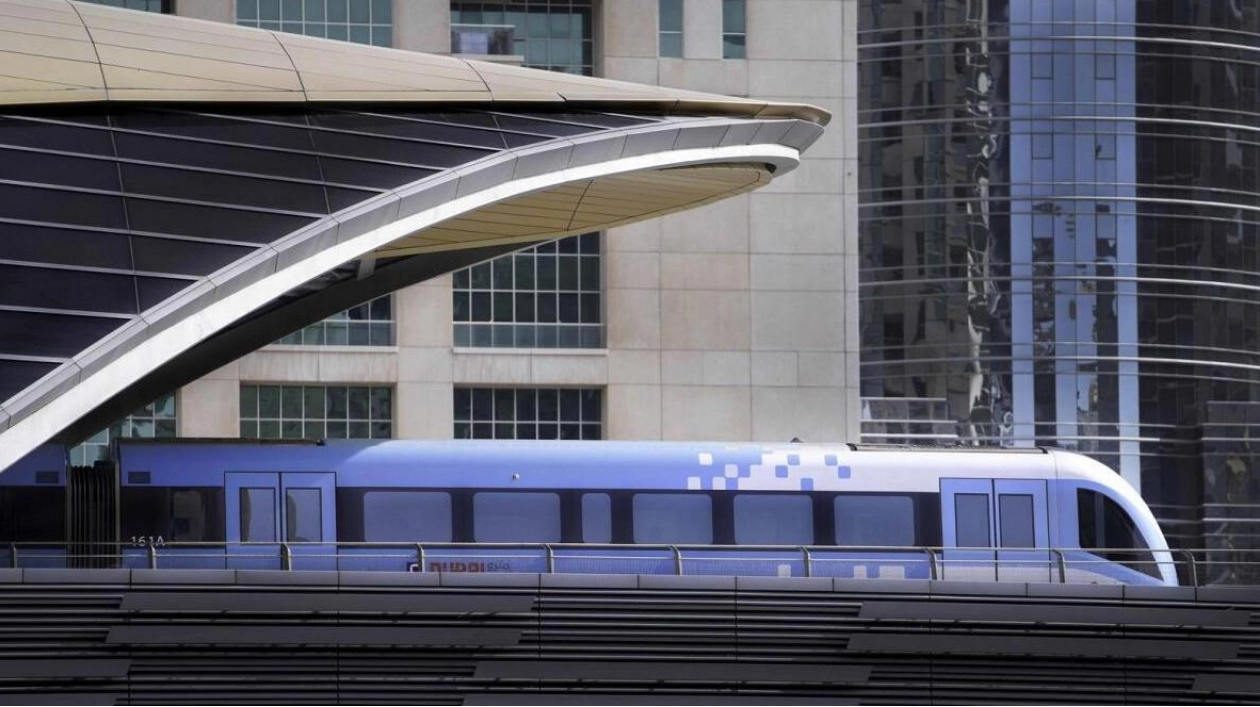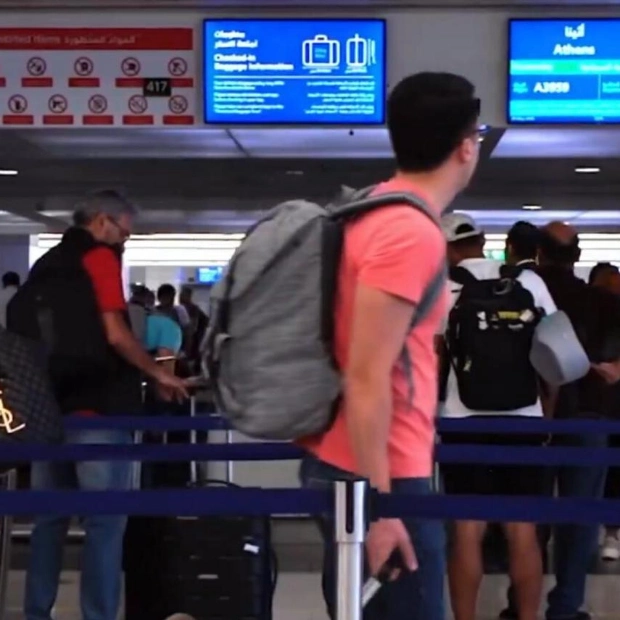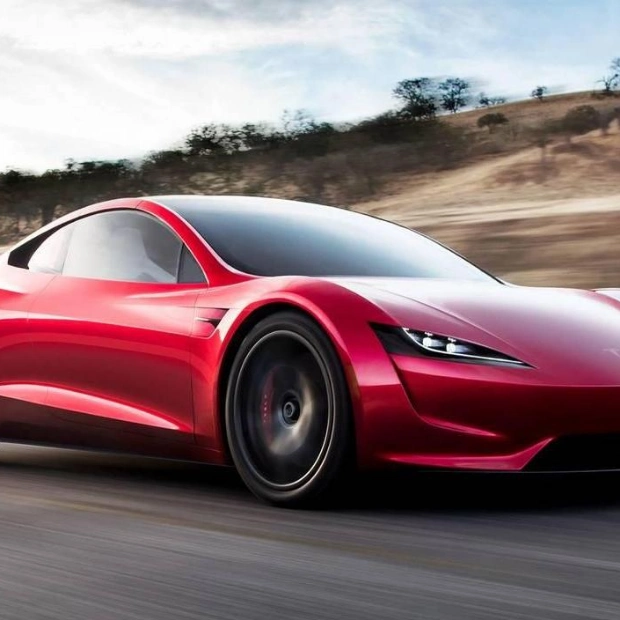In the emirate, the Dubai Metro emerged as the preferred mode of public transport, capturing 37 percent of all commuters during the first half of 2024. The total number of public transport users reached 361.2 million in the initial six months of the year, marking a 6 percent rise compared to the same timeframe in 2023.
The Roads and Transport Authority (RTA) includes Metro, Tram, public buses, marine transport, taxis, e-hail vehicles, smart rental vehicles, and on-demand buses in its calculation of public transport usage figures. The daily average number of passengers in the first half of the year was 1.98 million, up from 1.88 million in the same period of 2023.
Mattar Al Tayer, the director-general and chairman of the Board of Executive Directors of the RTA, stated: "Dubai Metro and taxis held the largest portion of public transport users, with the Metro accounting for 37 percent and taxis for 27 percent. Public buses represented 24.5 percent of users. The peak month of January 2024 recorded 65 million users, while the other months varied between 53 and 63 million."
Dubai Metro's Red and Green lines served 133 million passengers in the first half of 2024. BurJuman and Union stations experienced the highest footfall, with 7.8 million and 6.3 million users respectively. "On the Red Line, Al Rigga station led with 6.2 million users, followed by Mall of the Emirates with 5.6 million, and Business Bay with 5.2 million. On the Green Line, Sharaf DG station topped with 4.7 million users, followed by Baniyas station with 4.1 million, and Stadium station with 3.3 million users," noted Al Tayer.
Dubai Tram carried 4.5 million passengers in the first half of the year, while public buses transported 89.2 million and marine transport, 9.7 million. Shared mobility, encompassing e-hail vehicles, hourly rental vehicles, and on-demand buses, moved 27.8 million passengers. Taxis in Dubai accommodated 97 million passengers in the first half of 2024.
The RTA also concentrates on traffic management systems to enhance the efficiency of roads and public transport and enforces policies aimed at reducing dependence on private vehicles and promoting the use of public and shared transport, according to the RTA chief.






